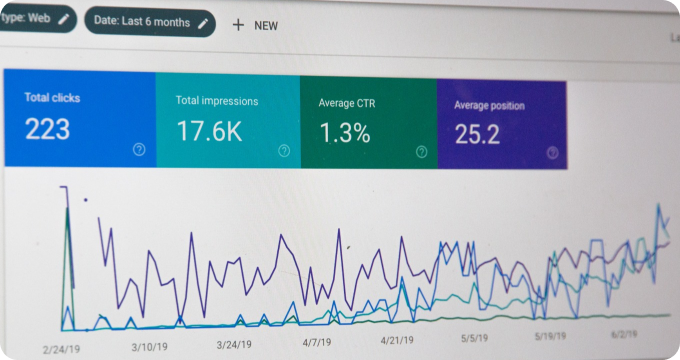Credit Scoring Software Industry Report: Key Findings and Insights for a Financially Informed Future
- December 16, 2023
- 2 minutes
The Credit Scoring Software (CSS) industry has become an influential actor in the financial landscape over the past few years. As the digital revolution continues to reshape our world, it is no surprise that the processes surrounding credit evaluation have not been left untouched. The software used in credit scoring has improved, paving the way for a data-driven and automated approach to credit risk management. It is therefore imperative to understand the implications of these developments and the insights they offer for a financially informed future.
Primarily, CSS is a system that analyzes a plethora of data to generate a credit score, a numerical representation of an individual's creditworthiness. The sophistication of these systems is not limited to merely aggregating data; they incorporate complex algorithms and predictive models to evaluate the potential risk of default. The significance of credit scoring is multifaceted, as it affects not only individual borrowers and lenders but also the larger economic fabric.
Modern CSS tends to use Machine Learning (ML) algorithms, which improve the accuracy of predictions by learning from historical data. The ML model is trained on a dataset of past borrowers, including their characteristics and repayment history, and then predicts the risk of future borrowers based on these patterns. The tradeoff between ML techniques primarily lies in the balance between accuracy and interpretability. Techniques like decision trees offer more interpretability, making it easier for humans to understand the reasoning behind a particular credit score. On the other hand, ensemble methods and deep learning models may deliver higher prediction accuracy but are often considered "black boxes" due to their complexity.
These advancements in CSS are not without challenges. One pressing issue is the risk of discrimination, as the ML models might learn and perpetuate historical biases present in the training data. This issue straddles the intersection of technology, law, and ethics, invoking discussions around fairness and accountability in automated decision-making.
On the economic front, CSS is instrumental in driving financial inclusion. It allows lenders to quickly and objectively assess the credit risk of potential borrowers, even those with little to no credit history. This rapid and efficient risk evaluation can significantly reduce the costs of underwriting, enabling financial institutions to extend credit to previously underserved segments of the population. However, the economic implications of this are double-edged. While increased access to credit can stimulate economic growth, it can also lead to over-indebtedness if not managed properly.
The impact of CSS also extends to the macroeconomic level. As the Great Recession of 2008 underscored, credit markets are tightly interwoven with the broader economy. By providing a more accurate and timely measure of credit risk, advanced CSS could potentially enable more proactive and effective management of systemic risk, contributing to financial stability. Nevertheless, this speculation begs further empirical investigation.
The CSS industry is also a noteworthy player in the data economy. As data becomes an increasingly valuable resource, the industry's ability to harness vast amounts of data can confer a competitive advantage. However, this raises critical questions about data privacy and security, particularly given the sensitive nature of credit information.
To navigate this intricate and evolving landscape, a holistic perspective is needed, one that integrates insights from computer science, economics, law, and ethics. While we must leverage the power of technology to refine credit risk assessment, we must also be cognizant of the potential pitfalls and strive to mitigate them. In this regard, ongoing collaboration and dialogue among different stakeholders - industry practitioners, regulators, researchers, and consumers - will be of paramount importance.
In conclusion, the CSS industry holds great promise for reshaping the financial landscape in the digital age. However, the path ahead is strewn with complex challenges that demand our attention. By fostering a deeper understanding of these issues, we can harness the full potential of CSS and pave the way for a financially informed future.
Learn More
Unleash the power of financial knowledge by diving deeper into our enlightening blog posts about credit scoring software. For an unbiased, comprehensive view, the reader is encouraged to explore our meticulously curated rankings of the Best Credit Scoring Software.
Popular Posts
-
 5 Compelling Reasons Why Your Business Needs Credit Scoring Software
5 Compelling Reasons Why Your Business Needs Credit Scoring Software
-
 Debunking 10 Myths Surrounding Credit Scoring Software
Debunking 10 Myths Surrounding Credit Scoring Software
-
 Ask These Questions to a Credit Scoring Software Provider to Choose the Right One for Your Business
Ask These Questions to a Credit Scoring Software Provider to Choose the Right One for Your Business
-
 What are Credit Scoring Software Systems and How Do They Work?
What are Credit Scoring Software Systems and How Do They Work?
-
 6 Things I Wish I'd Known About Credit Scoring Software Before Implementing One
6 Things I Wish I'd Known About Credit Scoring Software Before Implementing One






